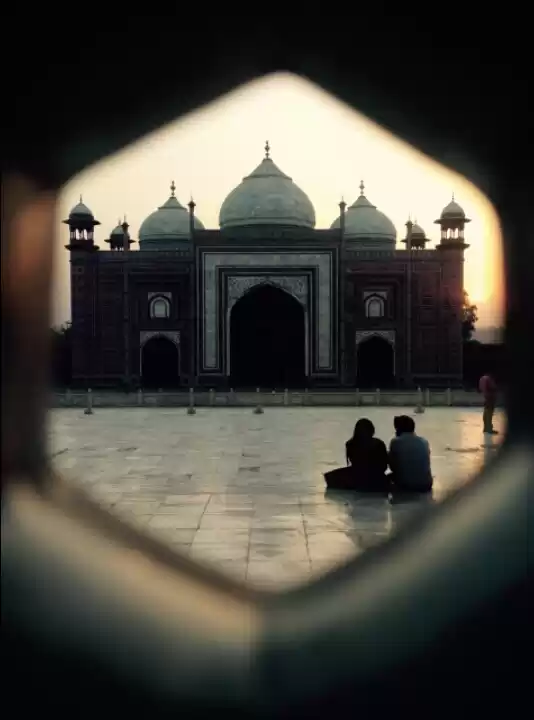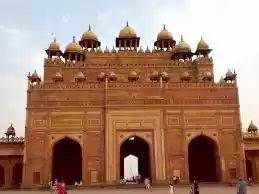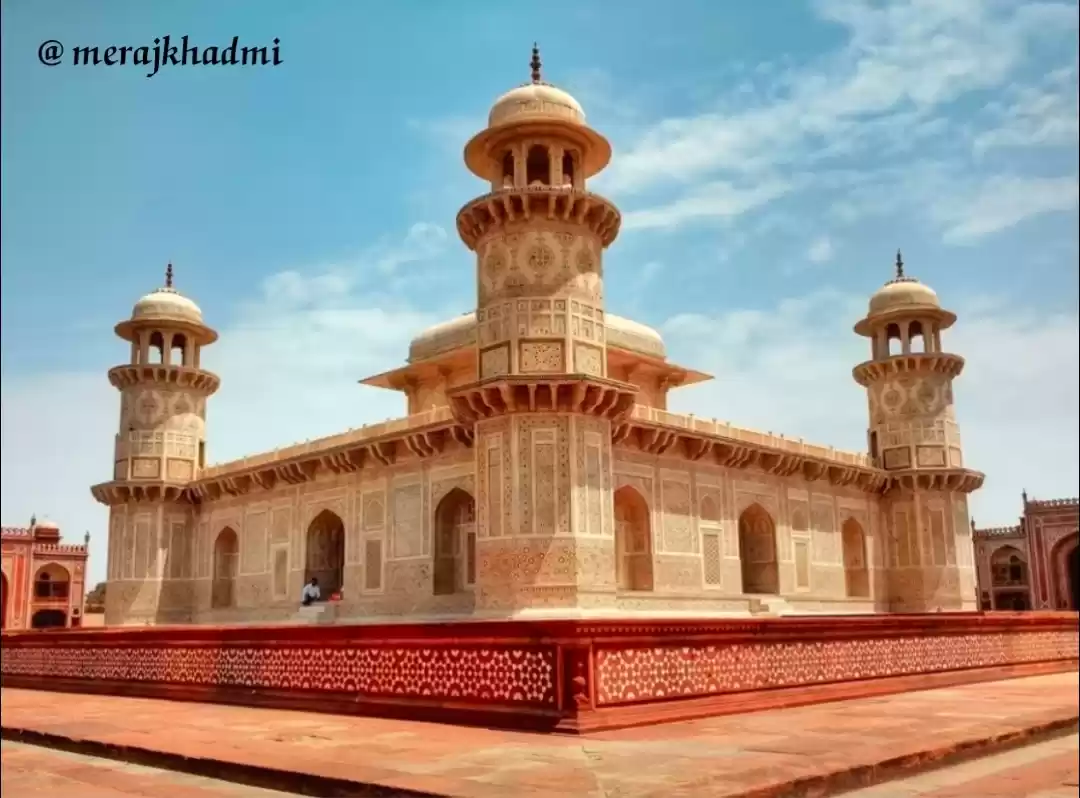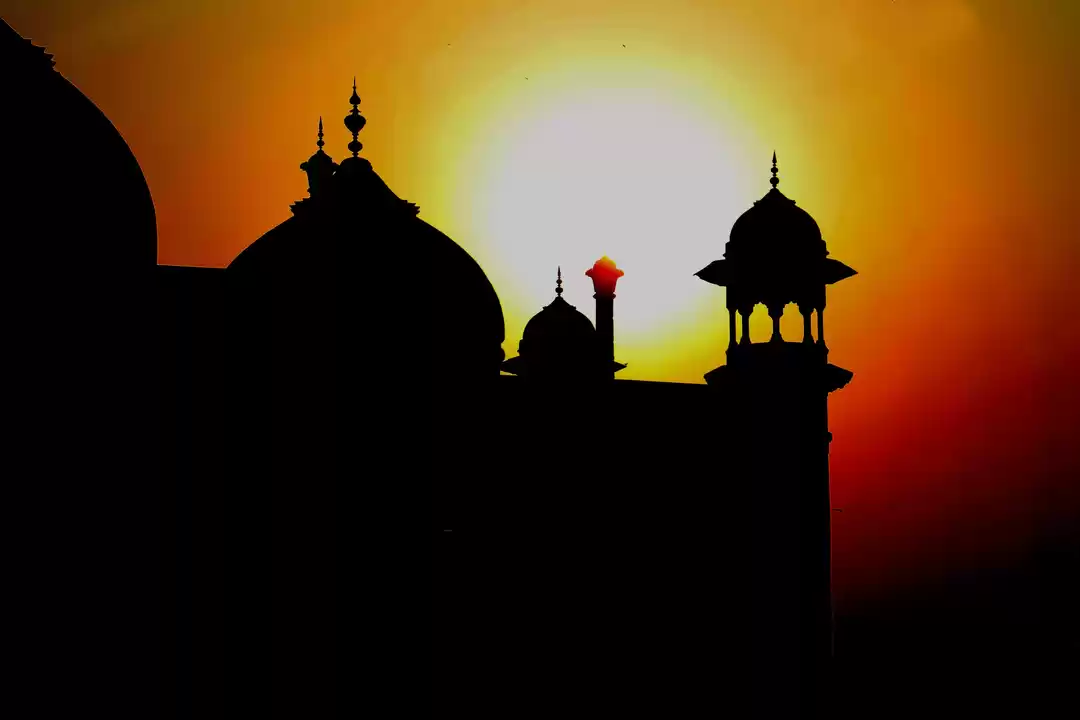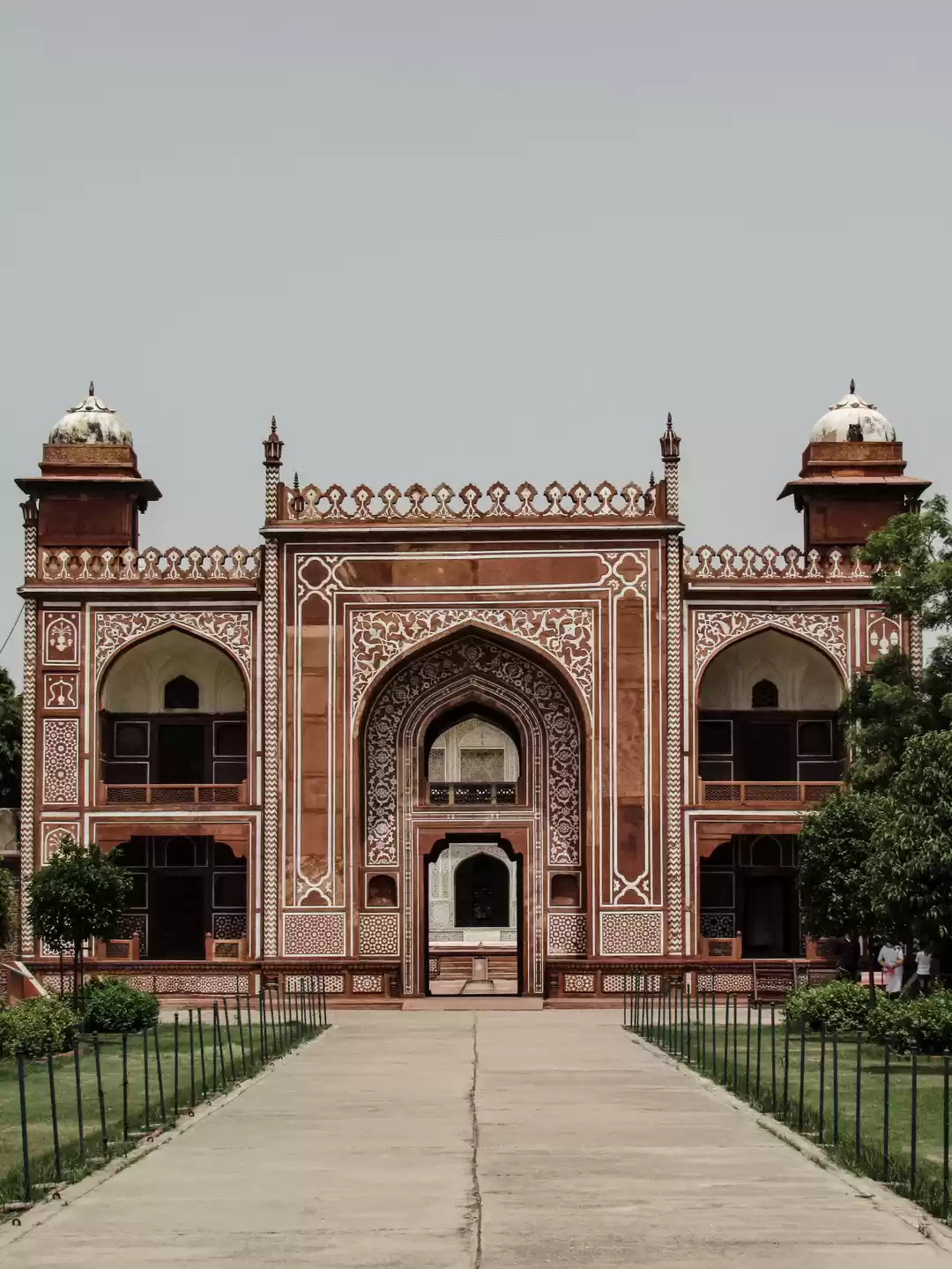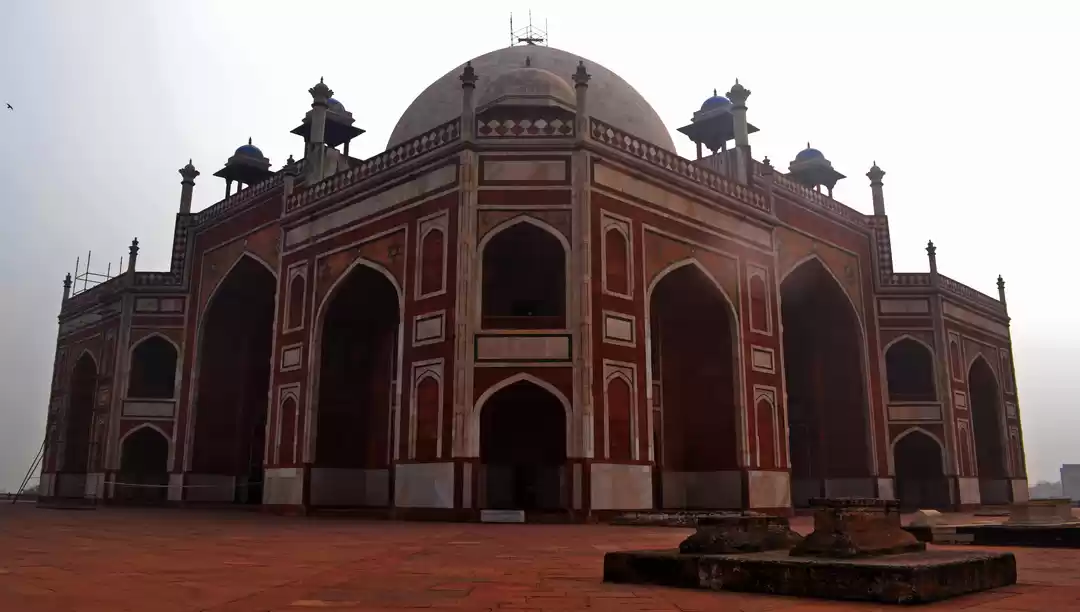If you are planning to visit Agra, the city of the Taj Mahal, you might want to add another gem to your itinerary: the tomb of Itimad-ud-Daulah, also known as the Baby Taj or the Bachcha Taj. This exquisite monument is often considered as the precursor and the inspiration for the Taj Mahal, as it was the first Mughal structure to be built entirely of white marble and to use pietra dura inlay work.
The tomb was commissioned by Nur Jahan, the wife of Emperor Jahangir, for her father Mirza Ghiyas Beg, who was also the chief minister of the Mughal Empire and was bestowed with the title of Itimad-ud-Daulah, meaning “pillar of the state”. The tomb is a testament of the love and the power of Nur Jahan, who was one of the most influential women in the Mughal history. The tomb is located on the banks of the Yamuna river, and is surrounded by a beautiful garden with water channels and fountains. The tomb is a sight to behold, especially during sunrise and sunset, when the marble glows with different hues. Here are some images of the tomb and its surroundings to give you a glimpse of its beauty.
Timings and Entry Fee
The tomb of Itimad-ud-Daulah is open from sunrise to sunset, every day of the week. The entry fee for the tomb is Rs. 30 for Indian nationals, Rs. 25 for students, and Rs. 310 for foreign nationals. You can also buy a composite ticket for Rs. 260 (Indians) or Rs. 1300 (foreigners), which includes the entry to the Agra Fort, the Akbar’s Tomb, the Fatehpur Sikri, and the Sikandra.
You can buy the tickets online at the Archaeological Survey of India, or from the ticket counter at the entrance of the tomb. You can also use the [Google map] to find the exact location and the directions to the tomb. The best time to visit the tomb is in the early morning or in the late afternoon, when the crowd is less and the temperature is pleasant. You can also avoid visiting the tomb during the summer season (April to June), when the heat is unbearable, or during the rainy season (July to September), when the humidity is high.
History
The tomb of Itimad-ud-Daulah has a fascinating history that dates back to the 17th century. The tomb was built between 1622 and 1628 by Nur Jahan, the wife of Emperor Jahangir, for her father Mirza Ghiyas Beg, who was also the grandfather of Mumtaz Mahal, the wife of Emperor Shah Jahan and the inspiration for the Taj Mahal. Mirza Ghiyas Beg was a Persian nobleman who fled from his homeland to India during the reign of Emperor Akbar. He rose to prominence in the Mughal court and became the chief minister of the empire.
He was also a patron of arts and literature, and was given the title of Itimad-ud-Daulah, meaning “pillar of the state”. He died in 1622 and was buried in the tomb along with his wife Asmat Begum, who died in 1626. The tomb was the first Mughal mausoleum to be built entirely of white marble, and the first to use pietra dura inlay work, a technique of embedding precious and semi-precious stones into the marble.
The tomb was also the first to break away from the traditional Islamic style of architecture, and to incorporate elements of Persian and Indian styles. The tomb is considered as a transition from the red sandstone monuments of the earlier Mughals, such as the Humayun’s Tomb and the Agra Fort, to the white marble monuments of the later Mughals, such as the Taj Mahal and the Itmad-ud-Daulah Mosque.
Architecture
The architecture of the tomb of Itimad-ud-Daulah is a marvel of art and craftsmanship, and a reflection of the taste and the vision of Nur Jahan. The tomb is a square structure, measuring about 23 meters on each side, and standing on a raised platform of about 50 meters square. The tomb has four octagonal towers, or minarets, at each corner, which are about 13 meters high. The tomb has a flat roof, with a large dome in the center, and four smaller domes at the corners. The tomb has three arched entrances on each side, except for the western side, which has a single entrance.

The tomb is made of white marble, which is adorned with intricate carvings, floral motifs, geometric patterns, and pietra dura inlay work. The inlay work consists of various stones, such as jasper, cornelian, lapis lazuli, onyx, topaz, and turquoise, which form images of trees, flowers, fruits, birds, and animals. The tomb is also decorated with paintings, calligraphy, and glazed tiles. The interior of the tomb has a central chamber, where the cenotaphs of Mirza Ghiyas Beg and Asmat Begum are placed.
The chamber has a vaulted ceiling, which is painted with gold and blue stars. The chamber also has windows, which allow the natural light to enter and create a stunning effect on the marble and the stones. The tomb is surrounded by a garden, which is divided into four quadrants by water channels and fountains. The garden has various plants, such as cypress, palm, and fruit trees, which add to the beauty and the serenity of the tomb.
The tomb is a masterpiece of architecture, and a symbol of the love and the power of Nur Jahan. Here are some images of the tomb and its details to show you the beauty and the uniqueness of the tomb.
Things to Do
The tomb of Itimad-ud-Daulah is a place where you can enjoy various activities, such as:
Admiring the beauty:
The tomb is a feast for the eyes, as you can marvel at the exquisite marble, the intricate carvings, the colorful inlay work, and the elegant paintings. You can also appreciate the harmony and the balance of the architecture, and the contrast and the complement of the white marble and the green garden.
Taking photographs:
The tomb is a perfect spot for photography, as you can capture the stunning views of the tomb and its surroundings. You can also take selfies and portraits with the tomb as the backdrop, and share them with your friends and family. You can also use the filters and the effects of your camera or phone to enhance the beauty of the tomb.
Learning about the history:
The tomb is a treasure trove of history, as you can learn about the life and the achievements of Mirza Ghiyas Beg, the father of Nur Jahan and the grandfather of Mumtaz Mahal. You can also learn about the reign and the legacy of Nur Jahan, the wife of Jahangir and the most powerful woman in the Mughal history. You can also learn about the evolution and the influence of the Mughal architecture, and the transition from the red sandstone to the white marble monuments.
Exploring the surroundings:
The tomb is located in a scenic and serene location, on the banks of the Yamuna river. You can enjoy the views of the river and the skyline of Agra, and feel the breeze and the tranquility of the place. You can also visit some nearby attractions, such as the Agra Fort, the Mehtab Bagh, and the Chini ka Rauza, which are within a few kilometers from the tomb.
The tomb of Itimad-ud-Daulah is a place that you should not miss when you visit Agra, as it is a jewel box of art and architecture, and a monument of love and power. The tomb is suitable for all types of travelers, whether you are a family, a solo traveler, a couple, or a group. You can spend a few hours or a whole day at the tomb, depending on your interest and your schedule.
You can also find various options for accommodation, food, and transportation near the tomb, as Agra is a well-developed and well-connected city. You can also book a package or a guide from Tripoto, which will help you plan and enjoy your trip to the tomb and other attractions in Agra.
Tripoto is a trusted and reliable platform, where you can find the best deals, the best reviews, and the best experiences for your travel.
So, what are you waiting for? Book your trip to the tomb of Itimad-ud-Daulah today, and discover the jewel box of Agra.

